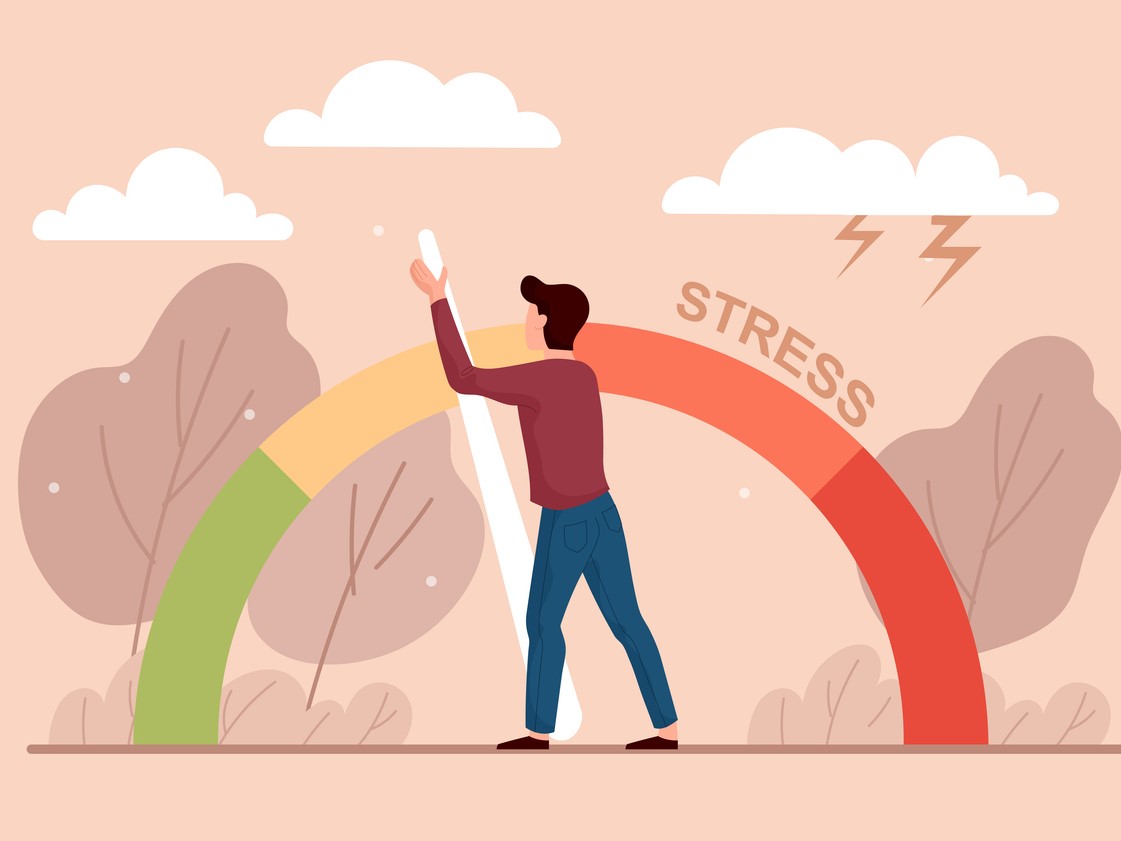Measuring engagement and wellbeing along the employee lifecycle
How science, research and measurement helped one organization reimagine its employee engagement strategy.

For the past 30 years, Exos has trained athletes, military personnel and hundreds of companies on wellbeing—currently boasting a roster of 350 company clients, including 20% of the Fortune 100.
While it understands the wellness industry, its leaders also get that taking care of employees is central to fulfilling its client needs. That’s why Exos enhanced its employee engagement strategy through a robust practice of consulting, team-building and rethinking traditional engagement metrics.
During Ragan’s Employee Experience Conference this past summer, Exos Chief People Officer Greg Hill shared how the company prioritizes wellness internally by measuring employee engagement—and using science to improve it.
‘From arriving to thriving’
Exos’ measurement strategy takes a holistic approach to tracking employee engagement. Exos partnered with organizational psychologist Adam Grant and Wharton to study the impact of rest and recovery on employee engagement and performance for a six-month pilot program.
Wharton conducted the survey before and during the program, ultimately helping Exos refine its strategies based on the data.
This resulted in:
Become a Ragan Insider member to read this article and all other archived content.
Sign up today
Already a member? Log in here.
Learn more about Ragan Insider.


